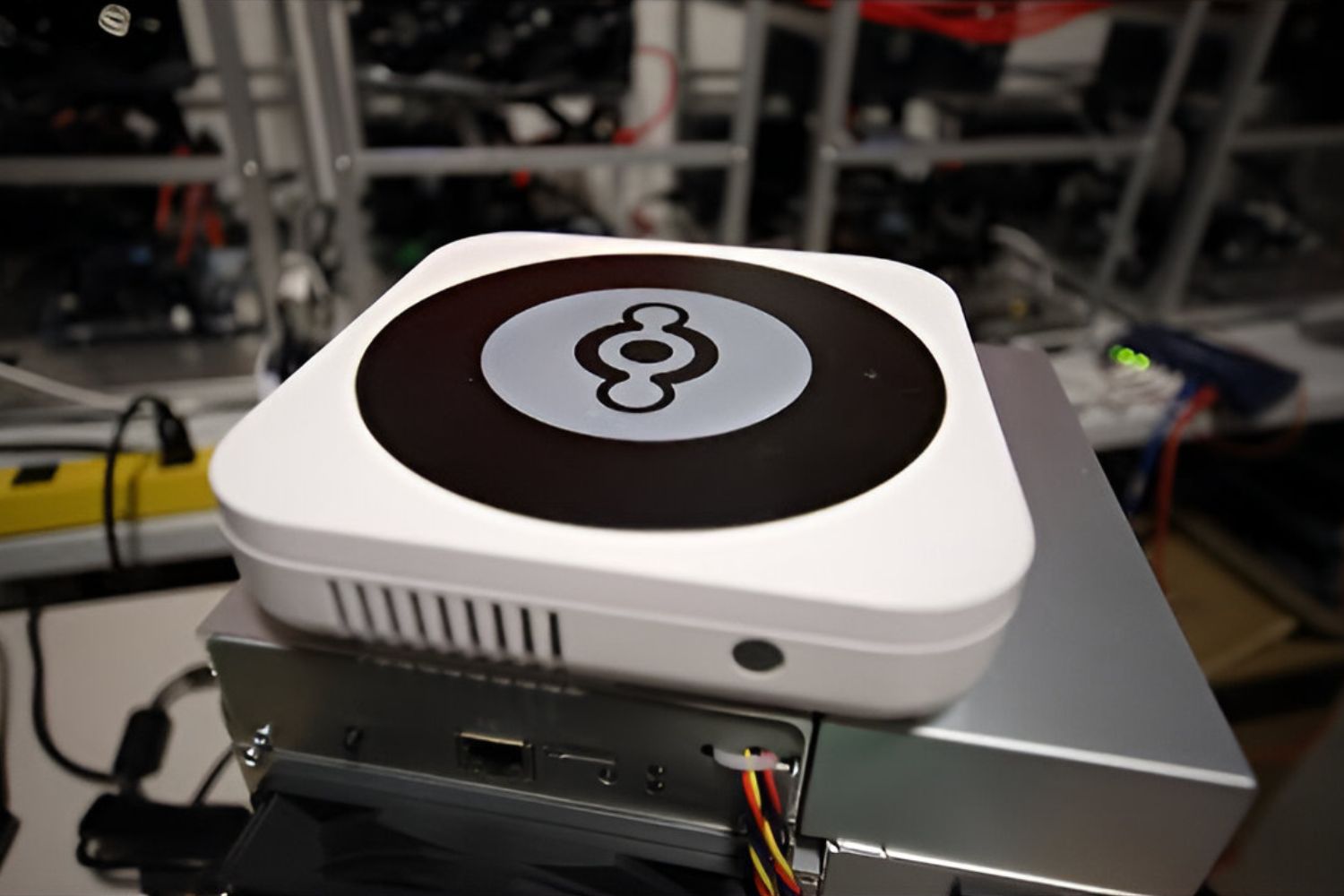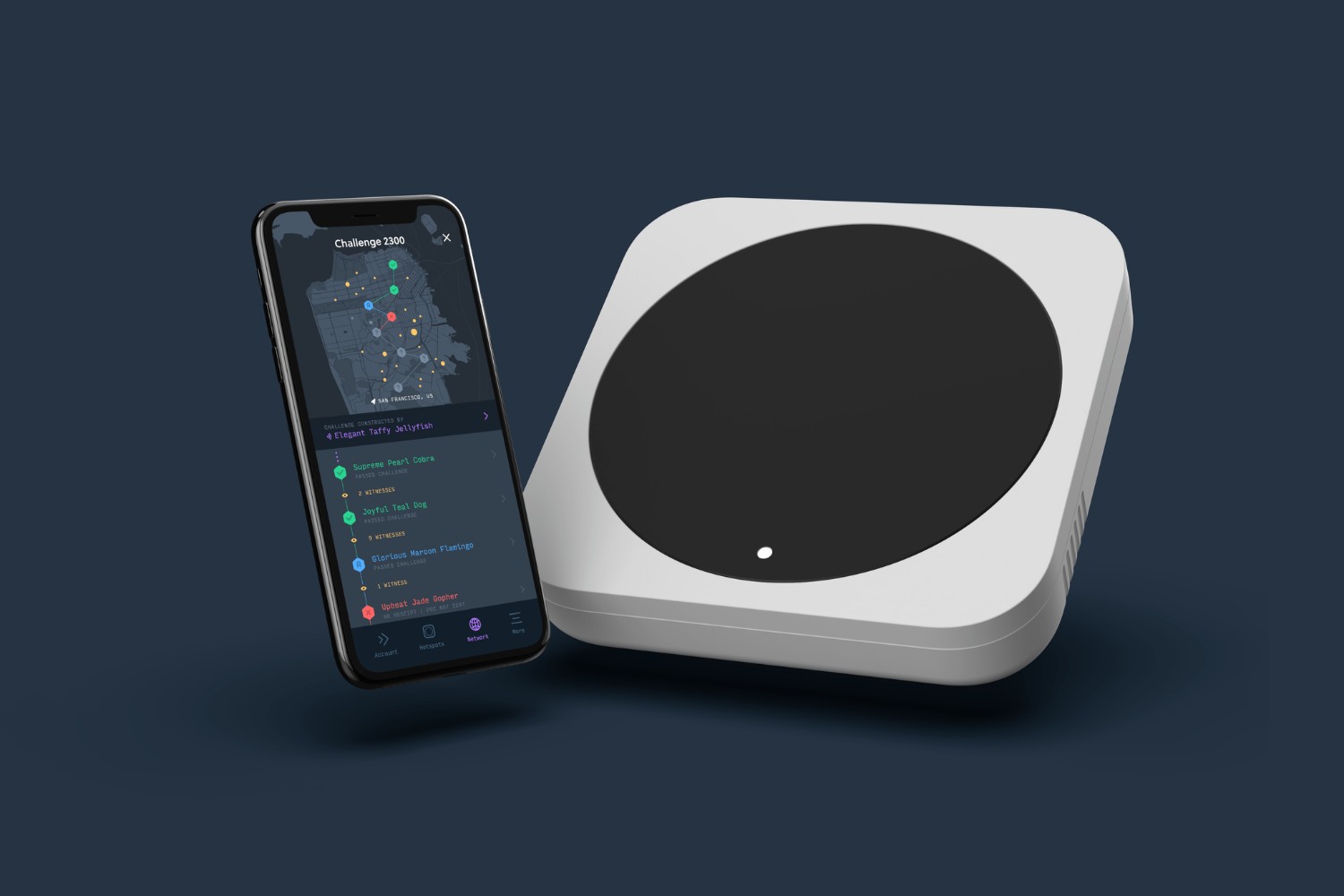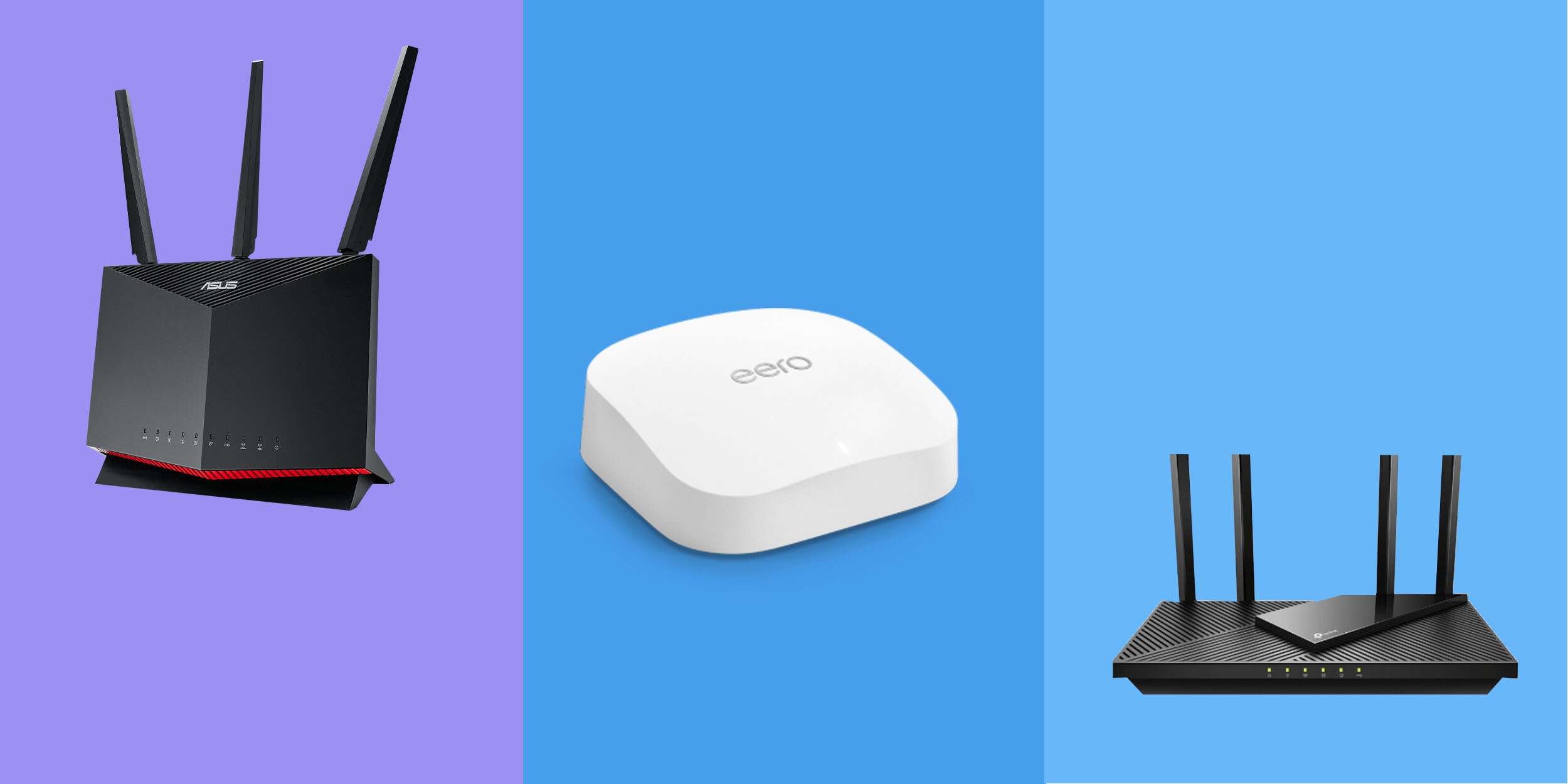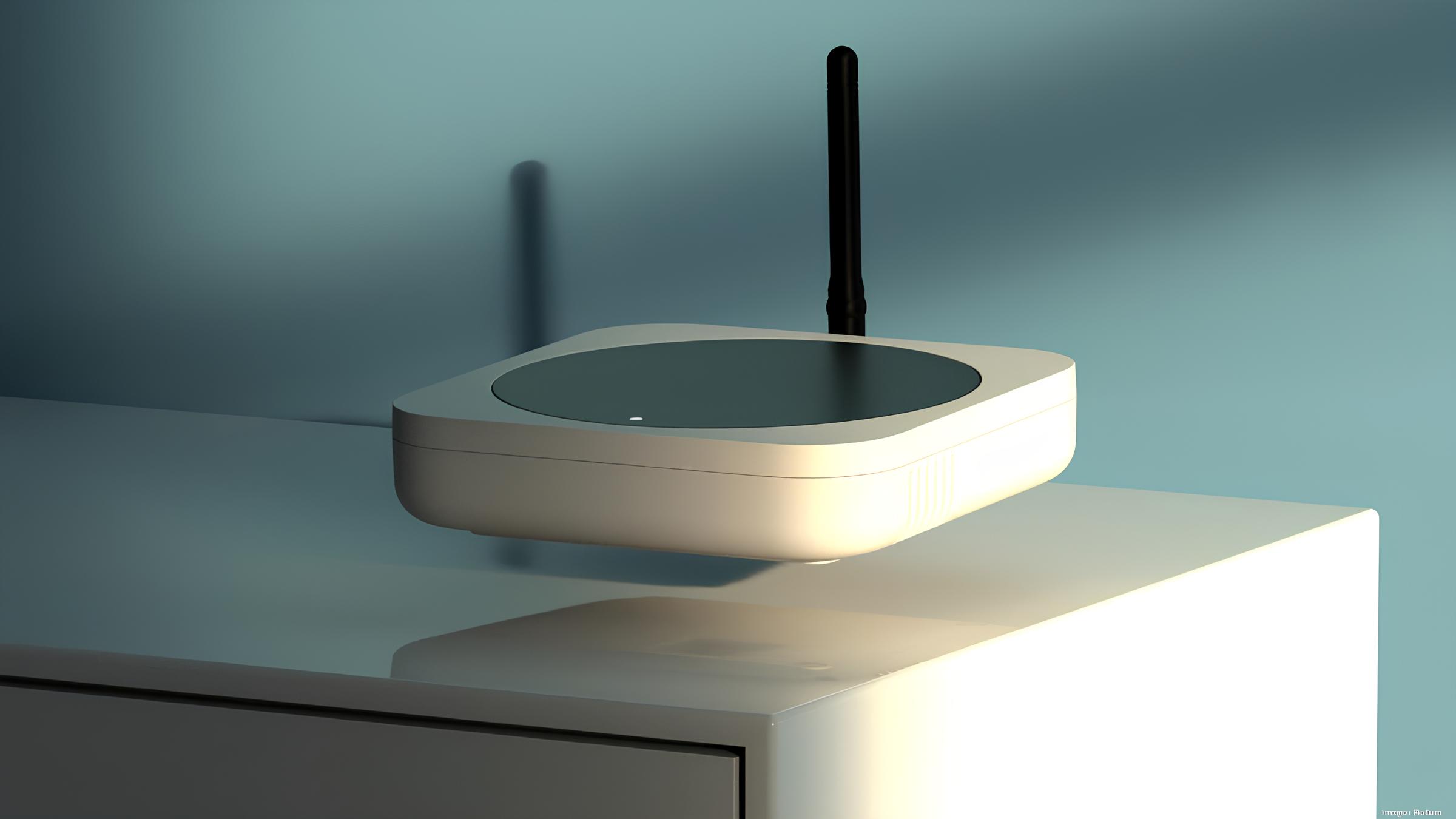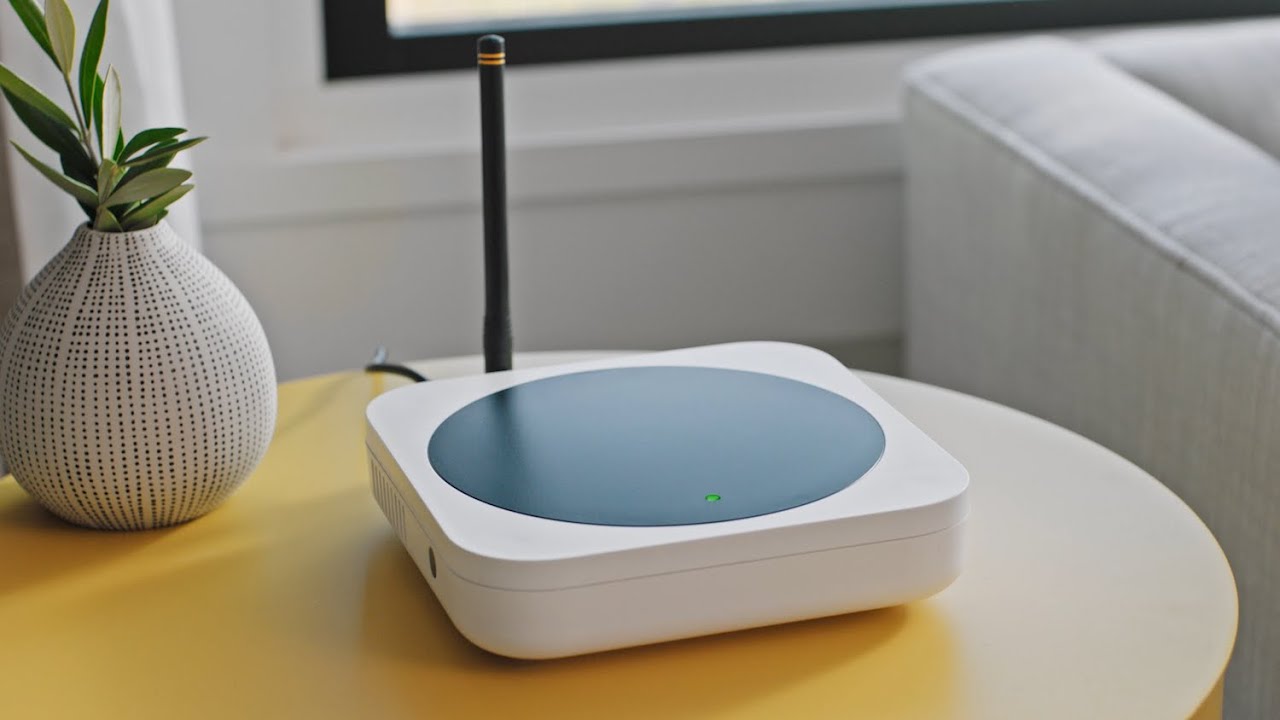Introduction
Welcome to the world of IoT (Internet of Things), where everyday objects are connected to the internet, enabling them to communicate and exchange data. The IoT has revolutionized various industries, from healthcare to manufacturing, and is continuously expanding its reach. Among the many technologies that support the growth of IoT, one stands out – IoT Helium.
IoT stands for the Internet of Things, which refers to the network of interconnected devices that communicate with each other and their users through the internet. These devices can include anything from smart thermostats and wearables to industrial sensors and even vehicles. The overarching goal of IoT is to make our lives more convenient, efficient, and connected.
IoT Helium is a powerful technology that provides a comprehensive framework for building and managing IoT devices. It offers a range of features and capabilities that enable seamless connectivity and communication between devices, ensuring efficient data transfer and analysis.
At its core, IoT Helium is designed to simplify the complexity of IoT infrastructure. It provides a secure and scalable platform that allows developers and businesses to focus on creating innovative IoT solutions without the need to build and manage the underlying infrastructure.
IoT Helium leverages existing internet infrastructure and protocols, such as TCP/IP and HTTP, to establish connections between devices. It utilizes lightweight messaging protocols, like MQTT (Message Queuing Telemetry Transport), to enable efficient data transfer between devices and the cloud.
By leveraging the power of IoT Helium, businesses can collect and analyze large volumes of data generated by IoT devices in real-time. This data can then be used to gain valuable insights, optimize operations, improve decision-making, and enhance overall efficiency.
Moreover, IoT Helium offers robust security measures to protect the confidentiality and integrity of data transmitted between devices. It incorporates encryption, authentication, and access control mechanisms to ensure that only authorized devices and users can access and interact with IoT resources.
What is IoT?
The Internet of Things (IoT) is a network of physical devices, vehicles, appliances, and other objects embedded with sensors, software, and connectivity, enabling them to collect and exchange data. These interconnected devices communicate with each other and with humans, creating a vast network of information and automation.
The core concept of IoT is to enable everyday objects to become “smart” by connecting them to the internet. This connectivity allows these objects to gather and share data, making them more intelligent and responsive to user needs. IoT devices can range from simple consumer devices like smart thermostats or wearables to complex industrial equipment and systems.
IoT relies on various technologies and protocols to facilitate this seamless connectivity and communication between devices. These technologies include wireless communication protocols such as Wi-Fi, Bluetooth, and cellular networks, as well as data management and analytics tools.
The potential benefits of IoT are vast. By connecting devices and objects to the internet, IoT opens up a world of opportunities for automation, data analysis, and enhanced decision-making. With IoT, businesses can optimize their operations, improve efficiency, and create new revenue streams.
IoT also has significant implications for individuals. With smart home devices, for example, individuals can control and monitor their homes remotely, enhancing convenience, security, and energy efficiency. Similarly, wearable devices equipped with smart sensors can monitor health data and provide valuable insights for personal health management.
While IoT presents exciting possibilities, it also brings challenges. Connectivity, interoperability, security, and privacy are significant concerns in IoT implementation. Ensuring the seamless integration of diverse devices, protecting sensitive data from cyber threats, and addressing privacy concerns are critical considerations when deploying IoT solutions.
Overall, IoT has the potential to revolutionize how we live and work, creating a more connected, efficient, and intelligent world. From smart cities and industry automation to personalized healthcare and smart homes, the possibilities of IoT are vast, and its impact is only beginning to be realized.
What is IoT Helium?
IoT Helium is a powerful technology that provides a comprehensive framework for building and managing IoT devices. It offers a range of features and capabilities that enable seamless connectivity and communication between devices, ensuring efficient data transfer and analysis.
At its core, IoT Helium is designed to simplify the complexity of IoT infrastructure. It provides a secure and scalable platform that allows developers and businesses to focus on creating innovative IoT solutions without the need to build and manage the underlying infrastructure.
IoT Helium leverages existing internet infrastructure and protocols, such as TCP/IP and HTTP, to establish connections between devices. It utilizes lightweight messaging protocols, like MQTT (Message Queuing Telemetry Transport), to enable efficient data transfer between devices and the cloud.
By leveraging the power of IoT Helium, businesses can collect and analyze large volumes of data generated by IoT devices in real-time. This data can then be used to gain valuable insights, optimize operations, improve decision-making, and enhance overall efficiency.
Moreover, IoT Helium offers robust security measures to protect the confidentiality and integrity of data transmitted between devices. It incorporates encryption, authentication, and access control mechanisms to ensure that only authorized devices and users can access and interact with IoT resources.
One of the distinguishing features of IoT Helium is its ability to provide device management capabilities. It allows users to remotely monitor and control IoT devices, perform firmware updates, and manage device configurations. This centralized management streamlines the deployment and maintenance of large-scale IoT deployments.
Another notable aspect of IoT Helium is its support for edge computing. Edge computing refers to the processing and analysis of data at or near the source, rather than sending it to the cloud for processing. By leveraging edge computing, IoT Helium reduces latency, optimizes bandwidth usage, and enables real-time decision-making at the device level.
Furthermore, IoT Helium offers a developer-friendly environment with comprehensive APIs, toolkits, and documentation to facilitate the creation and integration of custom IoT applications. This empowers developers to create innovative solutions that cater to specific business needs and industry requirements.
Overall, IoT Helium empowers businesses to unlock the full potential of IoT by providing a comprehensive framework for building, managing, and securing IoT devices. With its robust features and capabilities, IoT Helium simplifies the complexity of IoT infrastructure, enabling businesses to harness the power of connected devices and drive innovation in their respective industries.
How does IoT Helium work?
IoT Helium works by providing a comprehensive set of tools, technologies, and infrastructure to enable seamless connectivity, data transfer, and management of IoT devices. Let’s explore the key components and the working of IoT Helium:
Connectivity: IoT Helium leverages existing internet infrastructure and protocols, such as TCP/IP and HTTP, to establish connections between devices. It supports various wireless communication protocols like Wi-Fi and cellular networks, enabling devices to connect to the internet and communicate with each other.
Data Transfer: IoT Helium utilizes lightweight messaging protocols, such as MQTT (Message Queuing Telemetry Transport), to enable efficient and reliable data transfer between IoT devices and the cloud. This protocol ensures that data is delivered without loss or delay, even in low-bandwidth environments.
Device Management: IoT Helium provides robust device management capabilities, allowing users to remotely monitor and control IoT devices. It facilitates tasks like firmware updates, device configuration management, and real-time monitoring of device health and performance. This centralized device management makes it easier to deploy, monitor, and maintain a large number of IoT devices.
Data Processing and Analysis: IoT Helium enables real-time data processing and analysis by leveraging edge computing capabilities. It allows devices to perform data analysis and decision-making at the edge, minimizing latency and reducing the amount of data that needs to be transmitted to the cloud. This improves response times and enables rapid decision-making in time-sensitive scenarios.
Security and Privacy: IoT Helium prioritizes security and provides robust mechanisms to protect IoT devices and data. It incorporates encryption, authentication, and access control measures to ensure secure communication between devices and the cloud. Additionally, it offers secure storage and transfer of sensitive data, safeguarding the privacy of users and their information.
Scalability: IoT Helium is designed to be highly scalable, allowing businesses to seamlessly manage a growing number of IoT devices and handle increasing data volumes. The infrastructure and platform offered by IoT Helium can scale horizontally and vertically, ensuring that the system can handle the demands of large-scale deployments.
Developer-Friendly Environment: IoT Helium provides developers with a comprehensive set of APIs, toolkits, and documentation to simplify the development and integration of custom IoT applications. This empowers developers to create innovative solutions tailored to specific business needs, accelerating time-to-market and fostering creativity.
Overall, IoT Helium acts as a bridge between IoT devices and the cloud, enabling seamless connectivity and data transfer, while providing robust security and device management capabilities. By facilitating efficient data processing, analysis, and decision-making, IoT Helium empowers businesses to harness the full potential of their IoT deployments and drive innovation in their industries.
Benefits of using IoT Helium
IoT Helium offers numerous benefits to businesses and organizations that are looking to leverage the power of IoT and connected devices. Here are some of the key advantages of using IoT Helium:
- Seamless Connectivity: IoT Helium provides a comprehensive framework for establishing seamless connectivity between IoT devices. It simplifies the process of connecting devices to the internet and enables effortless communication between devices, allowing for efficient data transfer and collaboration.
- Scalability: With IoT Helium, businesses can easily scale their IoT deployments as their needs grow. The platform is designed to handle large volumes of devices and data, ensuring that the system remains reliable, responsive, and efficient even with increasing demands.
- Centralized Device Management: IoT Helium offers robust device management capabilities, allowing businesses to remotely monitor, control, and configure their IoT devices. This centralized management streamlines the deployment and maintenance processes, making it simpler to manage a large number of devices efficiently.
- Real-Time Data Analysis: IoT Helium enables real-time data analysis and processing, leveraging edge computing capabilities. This allows businesses to make quick and informed decisions based on real-time insights. By minimizing latency and reducing reliance on cloud-based processing, IoT Helium ensures timely and efficient data analytics.
- Enhanced Security: Security is a top priority in IoT deployments, and IoT Helium integrates robust security measures. It incorporates encryption, authentication, and access control mechanisms to protect the confidentiality and integrity of data transmitted between IoT devices and the cloud. This ensures that only authorized entities can access and interact with IoT resources, enhancing overall data security.
- Improved Efficiency and Productivity: IoT Helium allows businesses to optimize their operations and improve efficiency. By collecting and analyzing data from IoT devices, businesses can gain valuable insights, identify areas for improvement, and streamline processes. This ultimately leads to cost savings, increased productivity, and enhanced operational efficiency.
- Flexibility and Customizability: IoT Helium provides a developer-friendly environment with comprehensive APIs and toolkits to facilitate the development and integration of custom IoT applications. This empowers businesses to tailor their IoT solutions to meet their specific needs, ensuring maximum flexibility and customization.
- Cost-Effective Solution: IoT Helium eliminates the need for businesses to invest in building and managing their own IoT infrastructure. By leveraging the platform, businesses can save on infrastructure costs, reduce maintenance efforts, and focus on their core competencies, ultimately leading to cost savings and a faster time-to-market for IoT initiatives.
Overall, IoT Helium offers a robust and comprehensive solution for businesses looking to embrace the power of IoT. From seamless connectivity and device management to real-time data analysis and enhanced security, IoT Helium provides businesses with the tools and capabilities to drive innovation, improve efficiency, and unlock the full potential of their IoT deployments.
Use Cases for IoT Helium
The versatility and capabilities of IoT Helium make it suitable for a wide range of industries and applications. Here are some compelling use cases for leveraging IoT Helium:
- Smart Buildings: IoT Helium can be used to create smart building solutions, enabling efficient energy management, occupancy tracking, and predictive maintenance. By connecting sensors and devices throughout the building, businesses can optimize energy usage, monitor occupancy levels, and proactively identify and address maintenance issues.
- Industrial Automation: Industrial sectors can benefit greatly from IoT Helium. By deploying IoT Helium-enabled sensors and devices, businesses can automate and optimize various industrial processes, such as inventory management, machine monitoring, and predictive maintenance. Real-time data analytics and edge computing capabilities can help reduce downtime, improve asset utilization, and enhance overall operational efficiency.
- Healthcare: In the healthcare industry, IoT Helium can support remote patient monitoring, wearable devices, and telemedicine applications. By connecting medical devices and wearables to IoT Helium, healthcare providers can remotely monitor patients’ vital signs, detect anomalies, and deliver timely care. This technology can also enhance communication between patients and medical professionals, making healthcare more accessible and efficient.
- Smart Agriculture: IoT Helium can be utilized in agriculture to monitor and optimize various farming operations. By connecting sensors to IoT Helium, farmers can track environmental conditions, soil moisture levels, and plant health in real-time. This data can help farmers make informed decisions about irrigation, fertilizer application, and crop management, leading to improved yields and cost savings.
- Logistics and Supply Chain: IoT Helium can revolutionize logistics and supply chain operations by providing real-time visibility of assets, inventory, and shipments. By using IoT Helium-enabled sensors and devices, businesses can track the location and condition of goods, optimize routes, and automate processes like inventory management and order fulfillment. This results in improved efficiency, reduced costs, and enhanced customer satisfaction.
- Smart Cities: IoT Helium can contribute to the development of smart cities by enabling connected infrastructure and public services. Applications can include smart street lighting, waste management, parking systems, and environmental monitoring. By integrating IoT Helium, cities can enhance sustainability, improve citizen safety, and optimize the utilization of resources.
- Retail: IoT Helium can enhance the retail experience by enabling personalized customer interactions, real-time inventory visibility, and smart store management. By connecting IoT devices like beacons, RFID tags, and smart shelves to IoT Helium, retailers can offer personalized offers, optimize stock levels, and streamline operations, leading to improved customer satisfaction and increased sales.
- Energy Management: IoT Helium can be used to monitor and manage energy consumption in residential, commercial, and industrial settings. By connecting IoT Helium-enabled devices, businesses and individuals can track, analyze, and optimize energy usage, leading to cost savings, reduced environmental impact, and enhanced sustainability.
These are just a few examples of the diverse use cases of IoT Helium. Its flexibility, scalability, and robust features make it a valuable technology for organizations across various industries, driving innovation, efficiency, and optimization.
Conclusion
IoT Helium offers a powerful and comprehensive framework for building, managing, and securing IoT devices. With its seamless connectivity, device management capabilities, real-time data analysis, and security features, IoT Helium empowers businesses to leverage the full potential of IoT and drive innovation in their respective industries.
By simplifying the complexity of IoT infrastructure, IoT Helium allows developers and businesses to focus on creating innovative solutions without the need to build and manage the underlying infrastructure. Its support for edge computing enables real-time decision-making, reducing latency and optimizing bandwidth usage.
Through centralized device management and robust security measures, IoT Helium ensures efficient deployment and maintenance of IoT devices, while safeguarding sensitive data from unauthorized access and cyber threats.
The benefits of using IoT Helium are vast, ranging from enhanced efficiency and productivity to cost savings and improved customer experiences. Industries such as smart buildings, industrial automation, healthcare, logistics and supply chain, smart agriculture, smart cities, retail, and energy management can all benefit from the capabilities of IoT Helium.
In conclusion, IoT Helium is an invaluable technology that connects the physical world with the digital realm, enabling businesses to unlock the full potential of IoT. By leveraging its features and capabilities, organizations can revolutionize their operations, optimize processes, make data-driven decisions, and create innovative solutions that drive their success in the era of the Internet of Things.










